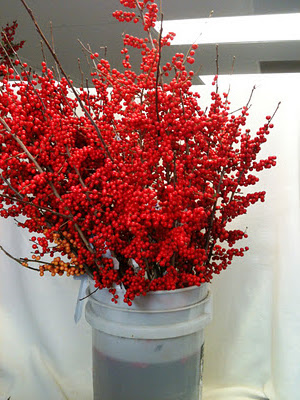Make some kind of container about 3’ in diameter, such as a length of chicken wire or 4 pallets hitched together to make a square. Put a layer of sticks on the bottom, just thrown in to allow air to flow into the pile. Add a variety of plant material, in layers if you can, but it’s not really necessary. You need some brown material, such as leaves, and some green material, like freshly pulled weeds, grass clippings or kitchen scraps. Top with a few handfuls of manure, if you have it, or half-done compost. This isn’t necessary, but speeds up the process. Sprinkle with water so the pile feels like a damp sponge. Don’t soak it, it needs air. The pile should heat up. When it stops, turn it. A compost aerator makes turning the pile an easy matter, so I do it more often, but you can also use a shovel or garden fork. Having two compost piles makes it easier to use the finished compost, since one can be allowed to finish while you’re adding to the other. Use the finished compost on your garden. Even if it’s not be finely screened compost, it will finish decomposing in the soil.











